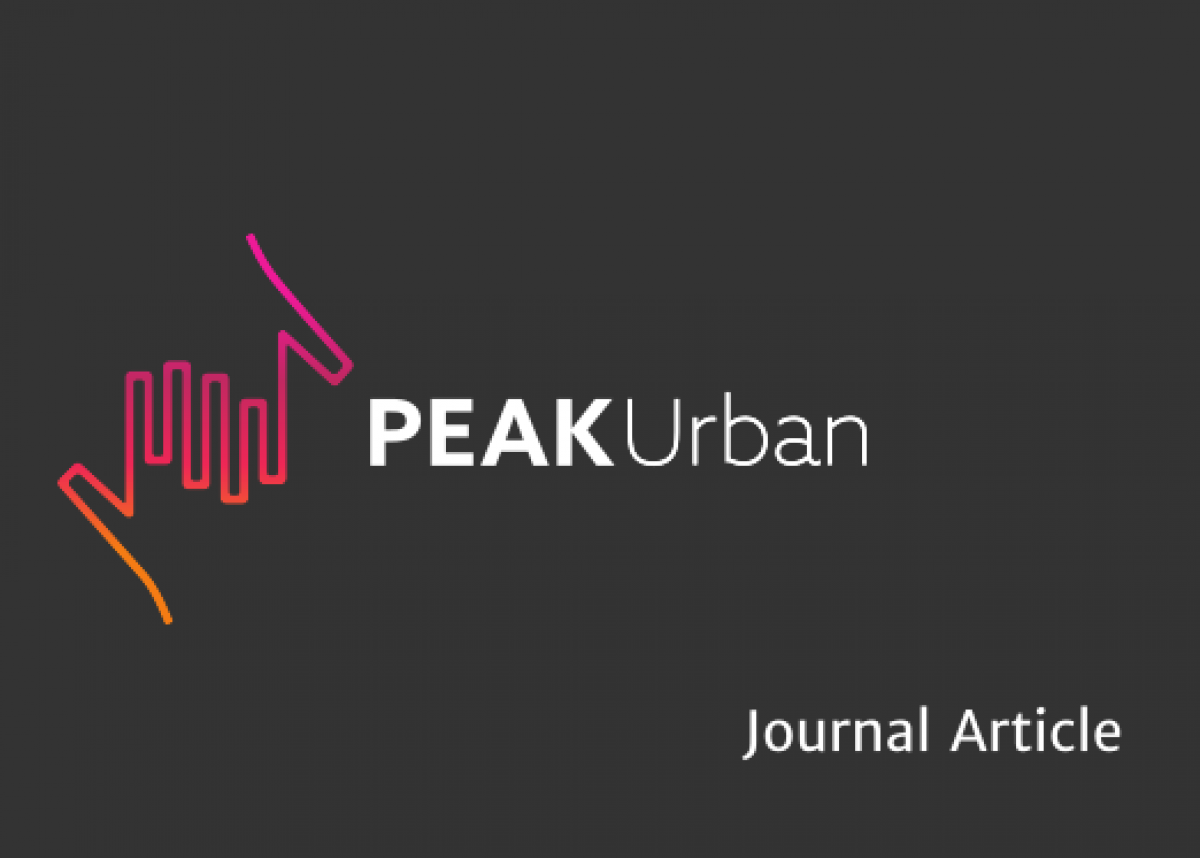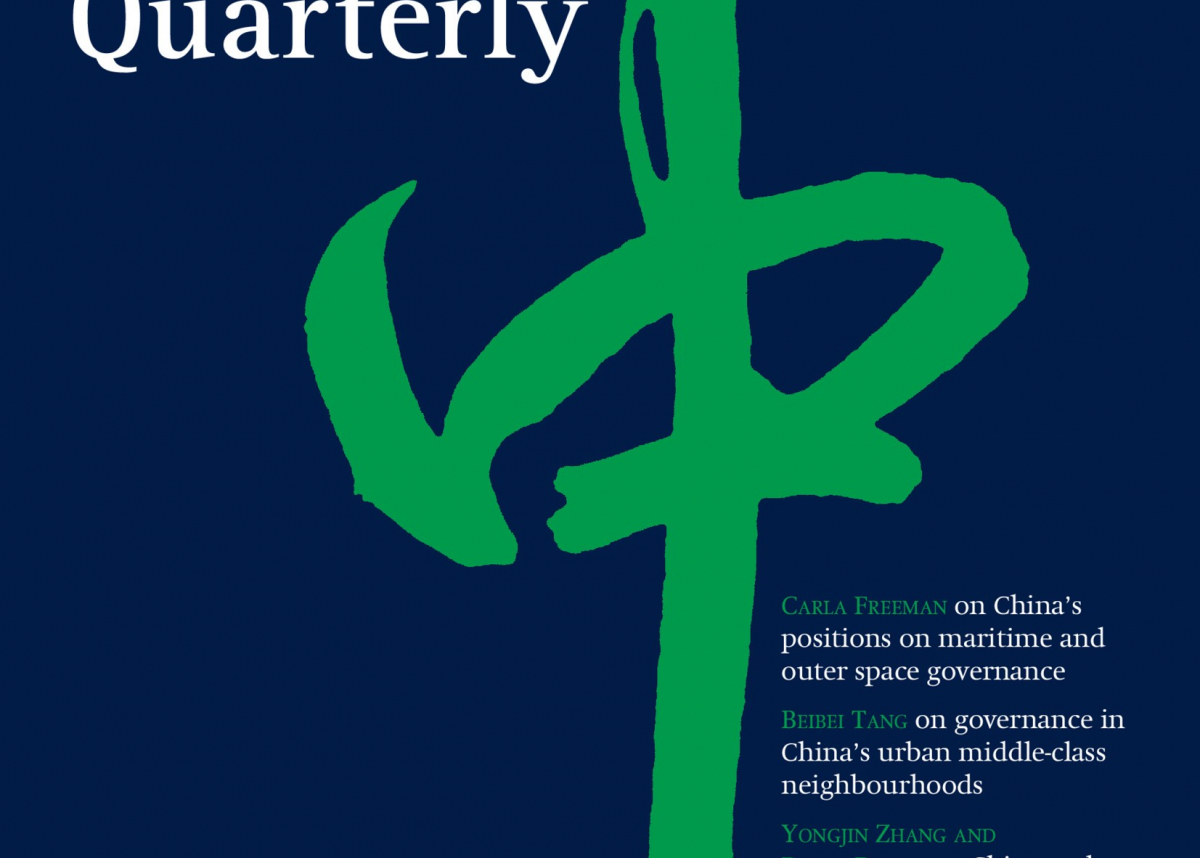
Village environment, non-agricultural employment & farmland transfer: an analysis based on survey data of rural households in 100 villages
The circulation of agricultural land has received widespread attention from academic circles, but the impact of the circulation of agricultural land on the village environment and non-agricultural employment is still lacking a detailed investigation. Based on the survey data of 13 provinces in China from 2014 to 2015, the logistic regression method is used to analyze the influencing factors of farmers' farmland transfer decisions.
The results show that:
(1) The village environment has multiple effects on the circulation of agricultural land. Economically developed villages not only have more active agricultural land circulation, but also are easier to attract foreign agricultural investment; the institutionalization of the right to confirm the certification can promote the circulation of agricultural land, and the frequent adjustment of land in reality will inhibit the transfer of agricultural land, but it has promoted the agricultural land to transfer out.
(2) The path and intensity of the impact of non-agricultural employment on agricultural land transfer vary due to different employment characteristics. The effect of self-employed and long-distance migrant workers is stronger than that of employed and local non-agriculturalization; the remittance of migrant workers to their hometown significantly promotes the transfer of farmland, but it has no positive effect on the transfer of farmland.



